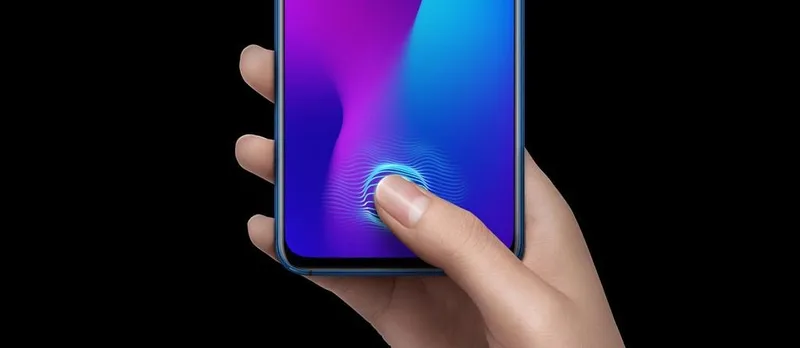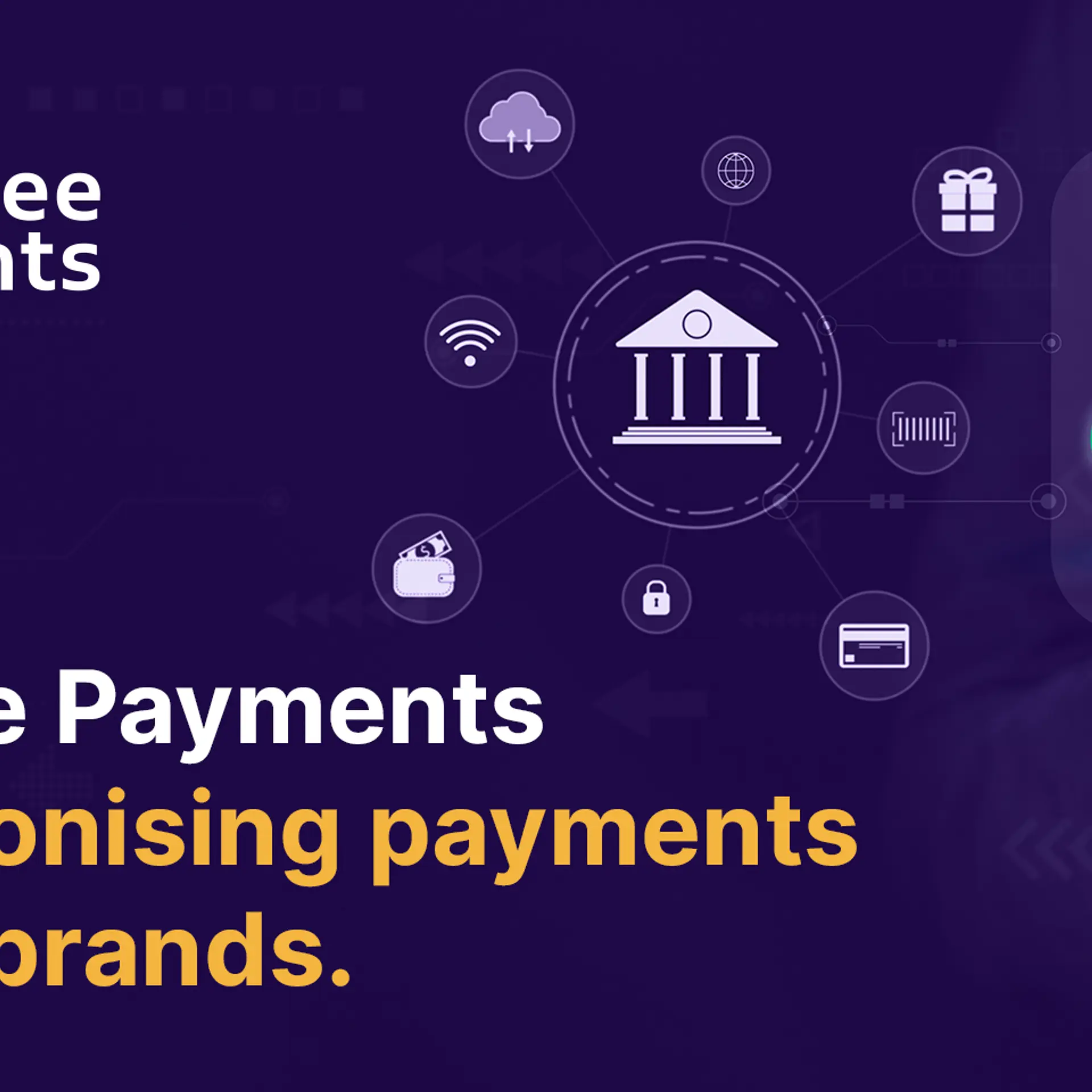Our smartphones are changing: six trends that defined 2018
The ‘form factor’ of electronic products is always changing. This year was no different as the smartphone changed shape, size, screen, and more.
Did you buy a new phone this year? Which handset was it? A premium or a budget one? Were you spoilt for choice? Did you browse through multiple mobile-buying guides or watch several product videos before the purchase? Did you visit price comparison websites?
If your answer to some or all of the above is ‘yes’, then you are among India’s tens of millions of people to have been bitten by the smartphone bug. Our country today is the fastest-growing smartphone market in the world with shipments increasing 16 percent year-on-year, according to eMarketer.
eMarketer further forecasts that India will have “337 million people, or more than a quarter of the population” using a smartphone by the end of 2018. That number is estimated to reach 491 million by the end of 2022. Considering India’s population is nearing 1.4 billion, smartphone manufacturers still have a massive market to grab.

And, they are already relentless, especially the top five phone-makers — Samsung, Xiaomi, Oppo, Vivo, Huawei — that occupy close to 80 percent of India’s smartphone market, according to Counterpoint Research. Not just in numbers, these brands, along with Apple, lead on the innovation front too.
In 2018, a few distinctive smartphone trends ranging from the absurd to the astonishing emerged and caught on with manufacturers and users alike. Technology trends, no matter how pronounced, are short-lived. Because that is the very essence of tech - it keeps changing. But, before the sun sets on 2018, here’s looking at the top things that happened to smartphones this year.
Triple/quad cameras

If 2017 was about dual cameras becoming ubiquitous, with every brand from top-end iPhones to budget Redmi phones offering the feature, 2018 was about manufacturers taking the rear camera game even further. The Huawei P20 Pro’s triple-camera setup included a 40MP Leica shooter, the LG V40’s three rear cameras came with a 16MP super-wide angle shooter, and the Samsung Galaxy A9 was the world’s first quad camera phone. All these devices picked up considerable attention, and multiple rear cameras are here to stay as they offer users much more flexibility, expertise and choice. It is even rumoured that Nokia plans to launch a phone with five rear cameras in 2019.
The notch

In 2018, phone-makers took their offerings up by a notch. Literally.
Apple had set the precedent last year with the iPhone X, and the notch became its most debated and dissected feature. Gradually, all phone brands from Oppo and Vivo to Huawei and OnePlus incorporated the notch in their flagship handsets. It polarised smartphone users to no end. While most reviewers detested the notch, the common man flaunted it. By the second half of 2018, many brands, including OnePlus, had reduced the notch to a “water drop”. The jury is still out on whether the notch will assume as much importance in 2019, with newer launches like Samsung Galaxy A8 bringing it further down to a “punch-hole”. But, as long as iPhones choose to stick with the notch, it may not be an entirely redundant feature.
Fast charging

Surely, we don’t have much time to charge our phones. But, always ensure it needs charge given the countless hours we spend clicking, browsing, surfing, and swiping on it. The fast-charging or quick-charging feature on mobiles isn’t novel, but it became mainstream only in 2018. Until now, it had been restricted to premium handsets only, with the OnePlus 5 making it a prime attraction during its 2017 launch. But, this year, several mid-range and even budget handsets started offering fast-charging capabilities. Other than Qualcomm’s Quick Charge, handset-makers like Oppo went on to develop their own “flash charging” system - Super VOOC - that promises to charge a phone from 0 to 75 percent in 30 minutes. Even OnePlus rolled out its Warp Charge 30 system in the just-launched OnePlus 6T McLaren Edition. OnePlus claims the feature can charge handsets from 0 to 50 percent in 20 minutes straight.
In-display fingerprint scanner

Even as face recognition tech (pioneered by the iPhone X) gathers pace, the good ol’ fingerprint sensor is undergoing multiple changes. First, it was brought from the rear to the front of the device. Now, it is being hidden inside. The Vivo X20 Plus UD was the first smartphone to feature an “in-display” fingerprint sensor. Gradually, all new Vivo handsets in 2018 started offering it. In fact, all top Chinese phone brands from OnePlus and Huawei to Oppo and Xiaomi have adopted the integrated fingerprint scanner.
However, several users (OnePlus 6 owners, for instance) have observed that the in-display sensor pales in comparison to the physical one in terms of speed and accuracy. Also, if the phone’s display is damaged, it only adds to the mending cost given the touch sensor has to be replaced as well.
Edge-to-edge display

The bezel-less, edge-to-edge display became more pronounced in 2018. Large screens that cover entire palm sizes are now a reality, with most flagship handsets measuring upwards of 6.1 inches. These have caused phablets to become nearly irrelevant. The smartphone’s screen-to-body ratio is constantly on the rise, with the Huawei Mate 20 Pro topping at 88 percent currently. Oppo’s futuristic phone Find X is at about 87 percent, and the very popular OnePlus 6T is at 85.5 percent. With higher screen real estate, users are not only downloading more apps, but also consuming longer videos and playing more games (as the success of PUBG in India testifies).
USB Type-C

Micro-USB out. USB Type-C in. This year saw the Type-C gaining wider acceptance among phone manufacturers. Android phones across price segments now come equipped with USB Type-C that is smoother, faster, allows quicker data transfer, and is more effective overall. Almost all notable handset-makers including Xiaomi, Motorola, Nokia, Lenovo, Asus, Samsung, Google Pixel, Honor, Huawei, OnePlus, LG, etc. have jumped onto the Type-C bandwagon, making micro-USB a thing of the past. However, the iPhone is yet to come with Type-C, even though Apple has rolled out the feature on its Macbooks and range of iPad Pros.







